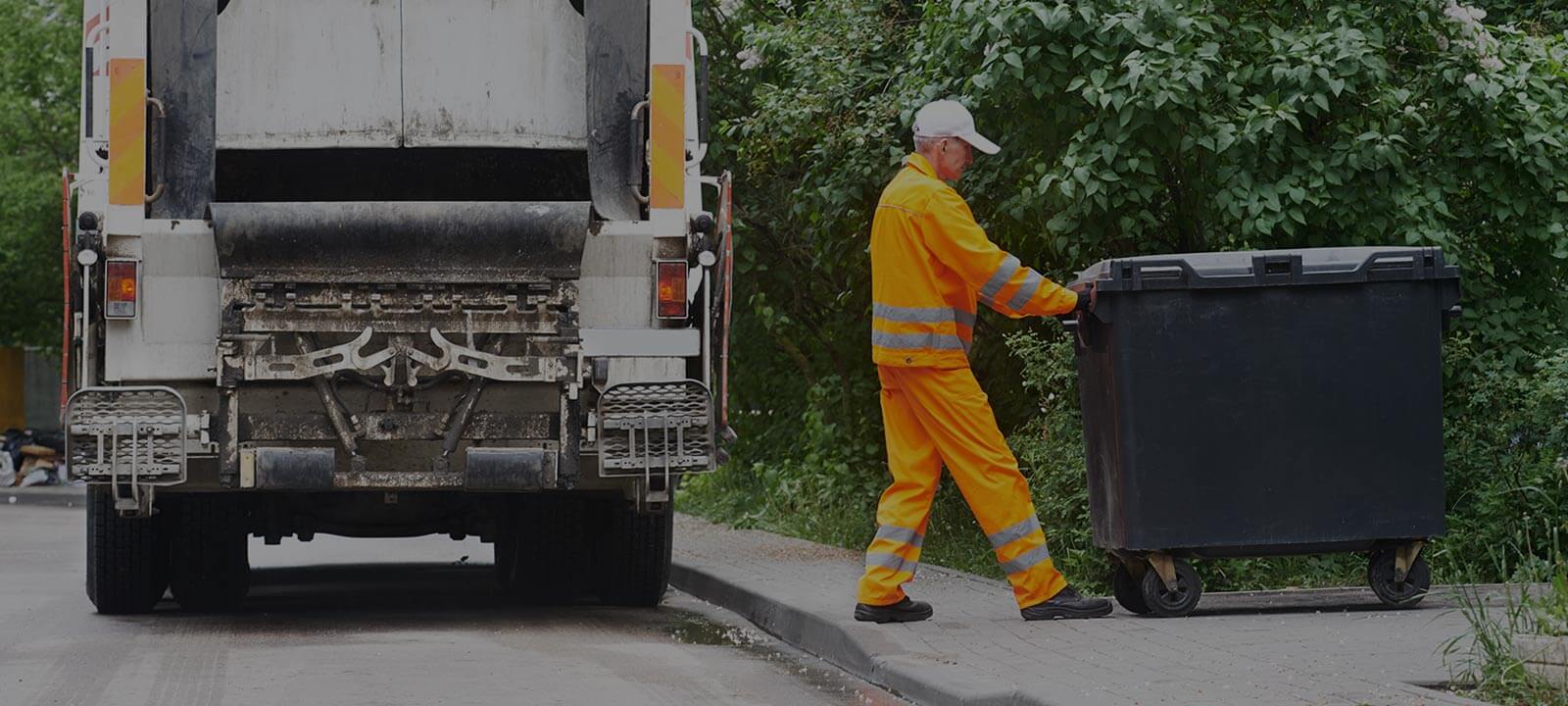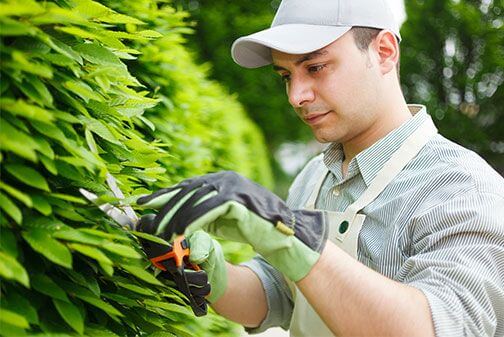Six Steps to Paper Recycling at Home
Posted on 13/01/2025
In today's world, sustainability and environmental preservation have moved to the forefront of global discussions. One of the most straightforward ways to contribute to a greener planet is paper recycling. Whether it's the newspapers piling up on your coffee table or old bills you no longer need, recycling paper at home can make a significant impact. Here's a comprehensive guide to paper recycling in six easy steps.
Step 1: Gather Your Paper
The first step in recycling paper at home is to gather all the paper products you intend to recycle. This can include newspapers, magazines, junk mail, cardboard, and office paper. Be mindful of the different types of paper, as some may not be recyclable (like wax-coated or heavily soiled paper). Create a designated spot in your house for collecting these materials to make the process more organized and efficient.

Step 2: Sort and Categorize
Once you've gathered your paper, the next step is to sort it. Different types of paper may be processed differently at recycling centers, so it's a good idea to categorize them. Separate newspapers, cardboard, and office papers into different piles. Ensure that there are no contaminants like food waste, plastics, or metals attached to the paper products, as these can disrupt the recycling process.
Step 3: Shred Where Necessary
For sensitive documents containing personal information, consider shredding them before recycling. Shredding not only ensures your privacy but also helps in breaking down the paper more easily during the recycling process. Use a home shredder for this purpose and mix the shredded paper with other items to avoid sifting through personal information.
Step 4: Clean and Prepare
It's essential to make sure that the paper you are recycling is clean and dry. Remove any staples, paper clips, or other foreign materials. If you have cardboard boxes, break them down to save space and make them easier to transport. Wet or greasy paper (like pizza boxes) should be avoided as they are typically not recyclable.
Step 5: Store and Transport
Once your paper is sorted, shredded (if necessary), and cleaned, store it in a dry and accessible location. Use recyclable bags or bins to hold your paper until you have enough to transport to a recycling center. Be sure to keep the storage dry, as moisture can ruin your recyclables and make them unfit for processing.
Step 6: Drop Off or Schedule Pickup
The final step in your home paper recycling process is to get your sorted paper to a recycling center. If your community provides curbside recycling services, place your paper products in the designated bins. Alternatively, you can drop them off at a nearby recycling facility. Some areas also offer scheduled pickups, which can be more convenient for larger amounts of recyclable material.
Pros and Cons of Paper Recycling
Pros:
- Reduces environmental impact and conserves resources
- Minimizes landfill waste
- Creates a sustainable supply chain for paper products
- Can be a fun and educational activity for families
Cons:
- Requires time and effort for sorting and cleaning
- Not all paper is recyclable, leading to confusion
- Dependent on local recycling facilities and their rules
- Costs associated with transportation or special bags
Tips for Effective Paper Recycling
- Keep a bin specifically for paper recycling in each major room where paper is used.
- Educate all household members on what paper products can and cannot be recycled.
- Check with local facilities for specific guidelines and accepted materials.
- Regularly clean out your recycling area to avoid buildup and contamination.

Takeaways
Recycling paper at home is a key way to contribute to environmental sustainability. By following these six steps, you can make the process efficient and effective. Remember the importance of sorting, cleaning, and preparing your paper products to ensure they can be successfully recycled.
Conclusion
Paper recycling at home is more than just an eco-friendly habit; it's a step towards a sustainable future. By gathering, sorting, shredding, cleaning, storing, and finally transporting your paper, you can significantly reduce waste and contribute to environmental preservation. Despite the minor challenges, the pros far outweigh the cons, making paper recycling an essential practice for every household. Start your paper recycling journey today and take a small but meaningful step towards a greener world.






